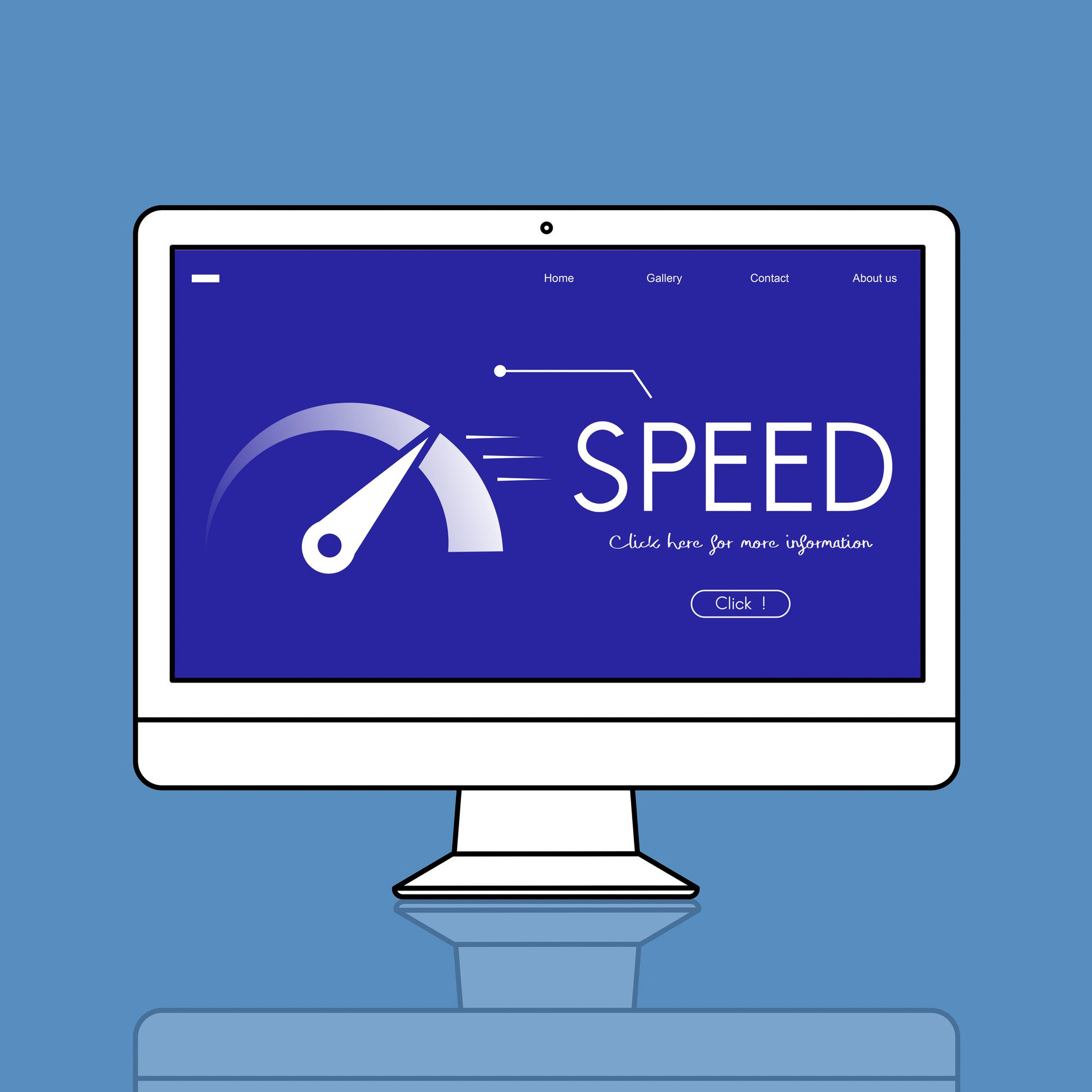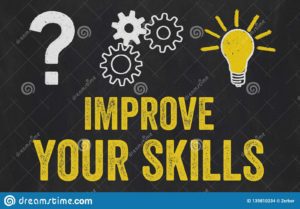
As a website owner, you want to make sure that your website is running at its best. In today’s competitive online world, it’s important to have a website that not only looks great but also performs well. Website optimization is the process of improving your website’s speed, functionality, and user experience to attract and retain visitors. Here are the top 10 website optimization techniques that you can use to improve your site’s performance
-
Optimize Images One of the biggest factors that can slow down your website is large images. You can optimize your images by compressing them, reducing their size, and using the correct file format.
-
Use a Content Delivery Network (CDN) A CDN is a network of servers that are spread out across the globe. By using a CDN, you can serve your website content from a server that is located closer to your visitors, which can improve your site's speed.
-
Enable Browser Caching When visitors come to your site, their browsers download various files like images and scripts. Browser caching enables these files to be stored on the user's device, which can improve load times on subsequent visits.
-
Minimize HTTP Requests Every time a visitor loads your site, their browser sends an HTTP request for each file that your website needs to load. Minimizing these requests by reducing the number of files on your website can significantly improve your site's load times.
-
Optimize Your Code Clean, well-structured code can help your website load faster and perform better. You can optimize your code by minimizing whitespace, removing unnecessary code, and using the latest HTML and CSS standards.
-
Use Responsive Design With more and more people accessing websites on mobile devices, responsive design is essential. A responsive website adapts to different screen sizes and orientations, providing a seamless user experience across devices.
-
Improve Server Response Time The time it takes for your server to respond to a user's request can have a big impact on your website's performance. You can improve server response time by upgrading your hosting plan, optimizing your database, and reducing the size of your website files.
-
Reduce Page Bloat Every element on your website, from images to scripts, adds to the size of your web pages. By reducing page bloat, you can improve your site's load times and provide a better user experience.
-
Optimize Your Website for SEO Search engine optimization (SEO) is the process of improving your website's visibility in search engines. By optimizing your website for SEO, you can improve your search engine rankings, drive more traffic to your site, and improve your user engagement.
-
Test Your Website's Performance: Regularly testing your website's performance can help you identify areas that need improvement. You can use tools like Google's PageSpeed Insights or GTmetrix to test your website's speed and get recommendations on how to improve it.
By implementing these website optimization techniques, you can improve your site’s performance, attract and retain more visitors, and provide a better user experience. Remember to regularly monitor your site’s performance and make adjustments as needed to ensure that your website is always running at its best.





